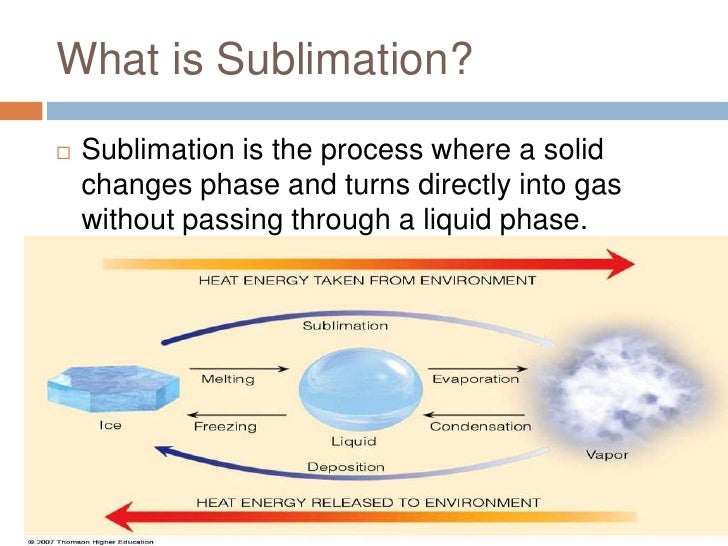

In some phage systems, thiamine and/or CaCl 2 was added for growth or phage adsorption. Bacteriophage inactivation procedures All bacterial strains were cultured in TGYE (tryptone 10 g, glucose 10 g, yeast extract 1 g, NaCl 8g, per liter of media). All titers were conducted in triplicate and 10 −5–10 −10 dilutions were generally plated to insure appropriate pfu per set of plates. The prepared lysates generally yielded 10 8–10 11 plaque forming units per ml (pfu/ml).
CHEM C3000 MAKE IODINE SERIAL
In order to determine the phage concentration of the prepared lysates, as well as of nanoparticle treated material, serial dilutions were performed. All lysates were stored at 4–8 ☌ in the refrigerator.

A small amount of chloroform was added to prevent bacterial contamination of the MS2 and φ-X174 lysates. For MS2, φ-X174, and PRD-1, the C3000, B and C strains of Escherichia coli were used as host strains. 14a,b 2.2 Preparation of high titer bacteriophage lysates A soft agar overlay procedure was used to prepare high titer lysates of the three bacteriophages MS2, φ-X174 and PRD-1. Experimental methods 2.1 Nanocrystalline biocides employed Nanocrystals of Al 2O 3, TiO 2, and CeO 2 were purchased from NanoScale Corporation () and were treated with elemental halogens and mixed halogens to obtain stable, solid adducts. The perceived advantages of these nanoparticle– halogen adducts compared with other halogen based disinfectants are that they are solids and can be used as powders, pellets, or slurries they are at least as active as pure halogen gases/liquids, they are storable as solids for long periods and, upon environmental exposure, they eventually degrade to harmless minerals and salts.
CHEM C3000 MAKE IODINE SERIES
This paper describes a systematic study of a new family of nanometal oxide-halogen and mixed halogen solid adducts that act as biocides against a series of viruses. It is important that more effective broad spectrum biocides be elucidated, especially new and effective biocides that are active as solids, water slurries, or as filtration media (pellets or resins).
CHEM C3000 MAKE IODINE FREE
Studies using free iodine and chlorine dioxide against MS2 and poliovirus have also been reported, and it was concluded that oxidative damage of sulfhydryl groups in the protein coat was an important aspect in the killing mechanism.

1–9 Nanostructured metal oxides can also be effective in filtration media for removing viruses. Some nanomaterials as solids, slurries, or microemulsions exhibit very effective biocidal properties, including virucidal activity. Introduction Numerous studies have clearly demonstrated that solid materials in nanoscale form exhibit unique properties, including enhanced chemical, sorptive, and catalytic properties. Herein are reported comparative biocidal activities of a series of adducts and electron microscope images of before and after treatment. A hypothesis that nanoparticles damage virons or stick to them and prevent binding to the host cell is a consideration that needs to be explored. The mechanism of disinfection by these nanoparticles is not completely clear, but could include abrasive properties, as well as oxidative powers. Overall, the halogen adducts of TiO 2 and Al 2O 3 were most effective. PRD-1 is generally more resistant to chemical disinfection, but in this paper it is shown to be very susceptible to selected interhalogen and iodine adducts of CeO 2, Al 2O 3, and TiO 2 nanoparticles. Herein are described studies with a number of bacteriophage MS2, φX174, and PRD-1 (virus examples). However, in the open environment, they are potent biocides. These solid adducts are relatively stable thermally, and they can be stored for long periods.

Selected metal oxide nanoparticles are capable of strongly adsorbing large amounts of halogens (Cl 2, Br, I 2) and mixed halogens.


 0 kommentar(er)
0 kommentar(er)
